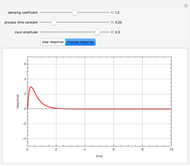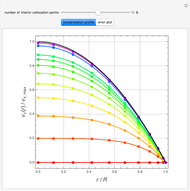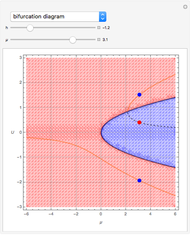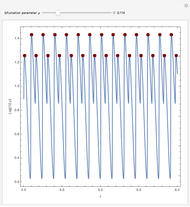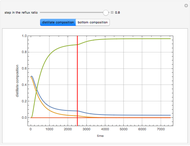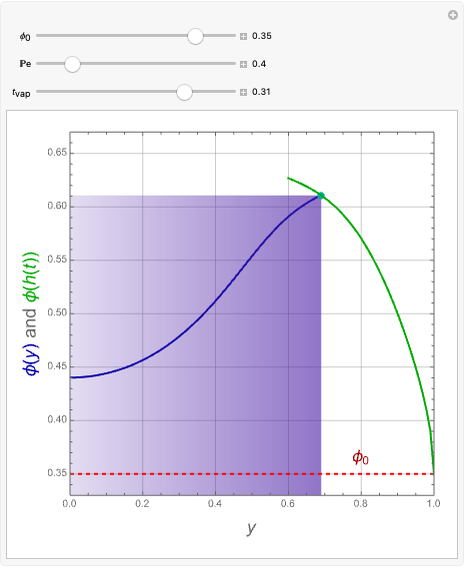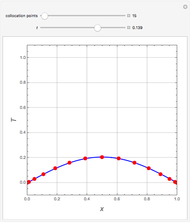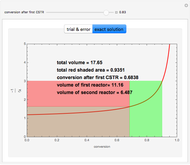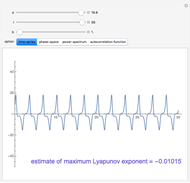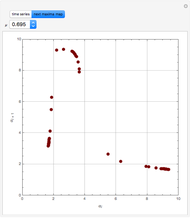Step Response of a Manometer
Initializing live version

Requires a Wolfram Notebook System
Interact on desktop, mobile and cloud with the free Wolfram Player or other Wolfram Language products.
A manometer is an instrument for measuring pressure. It consists of a U-shaped tube filled with liquid (usually mercury because of its high density). The difference, 2  , between the heights of the liquid is a function of the pressure difference between the two sides.
, between the heights of the liquid is a function of the pressure difference between the two sides.
Contributed by: Housam Binous (March 2011)
Open content licensed under CC BY-NC-SA
Snapshots
Details
J. M. Douglas, Process Dynamics and Control Volume 1: Analysis of Dynamic Systems, Englewood Cliffs: Prentice Hall, 1972.
Permanent Citation




















